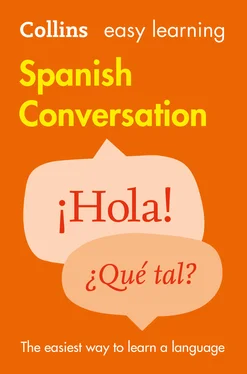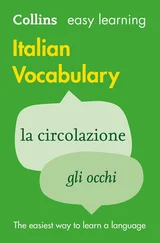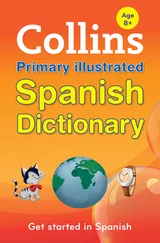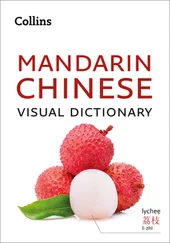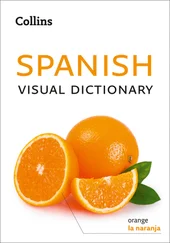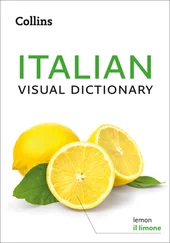| ¡ Adiós! |
Goodbye! |
| ¡ Adiós! ¡Hasta otra! |
Goodbye! See you again! |
| ¡ Buenas noches! |
Good night! |
¿LO SABÍAS?
Buenas nochesmeans both good evening and good night . So you use it both when arriving and leaving somewhere in the evening. When saying goodbye to someone you know you’ll see tomorrow, such as a colleague, you say hasta mañana( see you tomorrow ).
| ¡ Hastaluego! |
See you! |
| ¡ Hastapronto! |
See yousoon! |
| ¡ Hastamañana! |
See youtomorrow! |
| ¡ Hastael lunes! |
See youon Monday! |
You’ll want to introduce people you know to one another. The simplest way is by saying éste es( this is ) when introducing a man, and ésta eswhen introducing a woman.
| José, éste esmi marido. |
José, this ismy husband. |
| Pedro, ésta esMarta Valls. |
Pedro, this isMarta Valls. |
| Quiero presentarte anuestro director de ventas, Jorge Mata. |
Let me introduce you toour sales director, Jorge Mata. |
| Quiero que conozcas ami amigo Daniel. |
I’d like you to meetmy friend Daniel. |
¿LO SABÍAS?
When you’re introduced to someone, you’ll want to know how to react. The traditional encantadoshould only be used in formal or business situations these days, and very often people just say ¡Hola! ¿Qué tal?. You would reply in the same way – ¡Hola! ¿Qué tal?.
To get the conversation going, you’ll need to be able to say at least what your name is, who you are or what you do, and where you’re from. Saying what your name is is rather different in Spanish from English. You say me llamo(literally I call myself ). me llamocomes from the verb llamarse.If you want to say what someone else is called you use se llama. For more information on reflexive verbs like llamarse, see here.
| Me llamoDaniel Norrington. |
My name isDaniel Norrington. |
| Me llamoLiz Owen. |
My name isLiz Owen. |
| Me llamoJack. |
My name isJack. |
| Se llamaKevin. |
His name isKevin. |
| Se llamaHelen. |
Her name isHelen. |
| Soyamigo de Paul. |
I’ma friend of Paul’s. |
| Soyel hermano de Rodrigo. |
I’mRodrigo’s brother. |
| Soysoltero. |
I’msingle. |
| Soymaestro. |
I’ma teacher. |
| Soyrepresentante. |
I’ma rep. |
| Trabajode programador para Compumax. |
I workas a programmer for Compumax. |
¿LO SABÍAS?
When you say what you do in Spanish, don’t include a word for a or an before your job: soy maestro( I’m a teacher ), soy enfermera( I’m a nurse ).
To say how old you are, use tengofollowed by your age and then años(literally I have… years ). tengocomes from the verb tener. For more information on tener, see here.
| Tengoveintidós años. |
I’mtwenty-two years old. |
| Tengotreinta y siete años. |
I’mthirty-seven. |
| Mi hijo tienesiete años. |
My son ’sseven. |
| ¿Cuántos años tienes? |
How old are you? |
| Tengodos hermanas. |
I havetwo sisters. |
| Tengoun hijo y una hija. |
I havea son and a daughter. |
| Tenemosfamilia en el sur de España. |
We haverelatives in the south of Spain. |
| ¿ Tieneshijos? |
Have you gotany children? |
| Vivoen Gales. |
I livein Wales. |
| Vivosolo. |
I liveon my own. |
| Vivimosen un apartamento. |
We livein a flat. |
¿LO SABÍAS?
Remember to say vivo solarather than vivo soloif you’re female.
| Estoyen el Excelsior Palace. |
I’m stayingat the Excelsior Palace. |
| Estoyen casa de unos amigos. |
I’m stayingwith friends. |
| Me quedouna semana en Madrid. |
I’m stayingin Madrid for a week. |
| Me voy a quedarunos cuantos días más. |
I’m going to stayfor a few more days. |
To talk about yourself, you’ll need to be able to say how long you’ve been doing something, such as learning Spanish! One way to do this is to use hacefollowed by the length of time and then queand the verb in the present. For more information on the present tense, see here. You can also use llevoto mean I’ve been in examples like these.
| Hacecinco años que soyenfermera. |
I’ve beena nurse forfive years. |
| Hacediez años que vivoen España. |
I’ve been livingin Spain forten years. |
| Hacesólo dos días que estoyaquí. |
I’veonly beenhere fortwo days. |
| Llevodos semanas en Madrid. |
I’ve beenin Madrid fortwo weeks. |
| Llevodos años estudiandoespañol. |
I’ve been studyingSpanish fortwo years. |
| Llevoseis meses decamarera. |
I’ve beena waitress forsix months. |
Читать дальше
